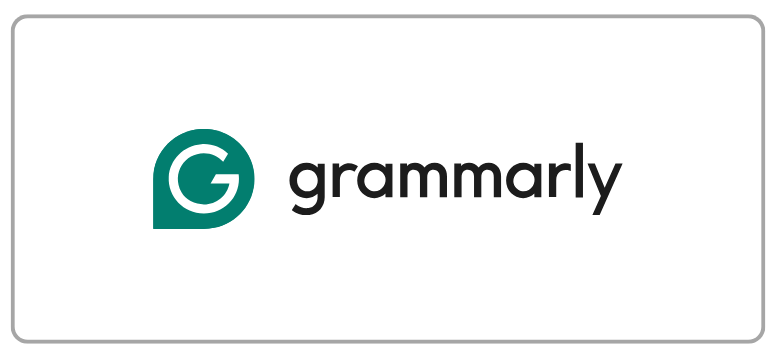Gaya Bahasa Enkyokuhou dalam Novel Nihon Kogyou Ginkou Karya Ryo Takasugi
DOI:
https://doi.org/10.21512/lc.v9i1.762Keywords:
enkyokuhou, jougekankei, figure of speech, novel Nihon Kogyou GinkouAbstract
Research aimed to present conversations that were used mostly by subordinates (buka) to their superiors (joshi). The research applied qualitative method with interview and novel Nihon Kogyou Ginkou by Ryo Takasugi to understand the jougekankei concept in enkyokuhou figure of speech. Analysis used interpretative and descriptive method. It can be concluded that enkyokuhou has five functions. They are to emphasize claims, emphasize on demands, state indirect thought or passive request, state satire, and replace words or objects or events with another words.References
Chen. (1995). Asian management systems: Chinese, Japanese and Korean styles of business. Routledge: Thomson Learning.
Kuwabata. (1976). Gendai Nihongo. Tokyo: Asahi Shinbunsha.
Nakane. (1970). Japanese Society. California: University of California Press.
Nazir. (1988). Metode Penelitian. Jakarta: Ghalia Indonesia.
Saronto. (2005). Gaya Manajemen Jepang Berdasarkan Asas Kebersamaan dan Keakraban. Jakarta: Hecca Publising.
Sutedi. (2009). Penelitian Pendidikan Bahasa Jepang. Bandung: Humaniora Utama Press.
Ueno, T. (1990). Nihongo Kyoiku Handobukku. Tokyo: Taishukan Shoten.
Zaimar. (2002). Makara. Sosial Humaniora, 6(2).
Downloads
Published
How to Cite
Issue
Section
License
Authors who publish with this journal agree to the following terms:
a. Authors retain copyright and grant the journal right of first publication with the work simultaneously licensed under a Creative Commons Attribution License - Share Alike that allows others to share the work with an acknowledgment of the work's authorship and initial publication in this journal.
b. Authors are able to enter into separate, additional contractual arrangements for the non-exclusive distribution of the journal's published version of the work (e.g., post it to an institutional repository or publish it in a book), with an acknowledgment of its initial publication in this journal.
c. Authors are permitted and encouraged to post their work online (e.g., in institutional repositories or on their website) prior to and during the submission process, as it can lead to productive exchanges, as well as earlier and greater citation of published work.
USER RIGHTS
All articles published Open Access will be immediately and permanently free for everyone to read and download. We are continuously working with our author communities to select the best choice of license options, currently being defined for this journal as follows: Creative Commons Attribution-Share Alike (CC BY-SA)


















